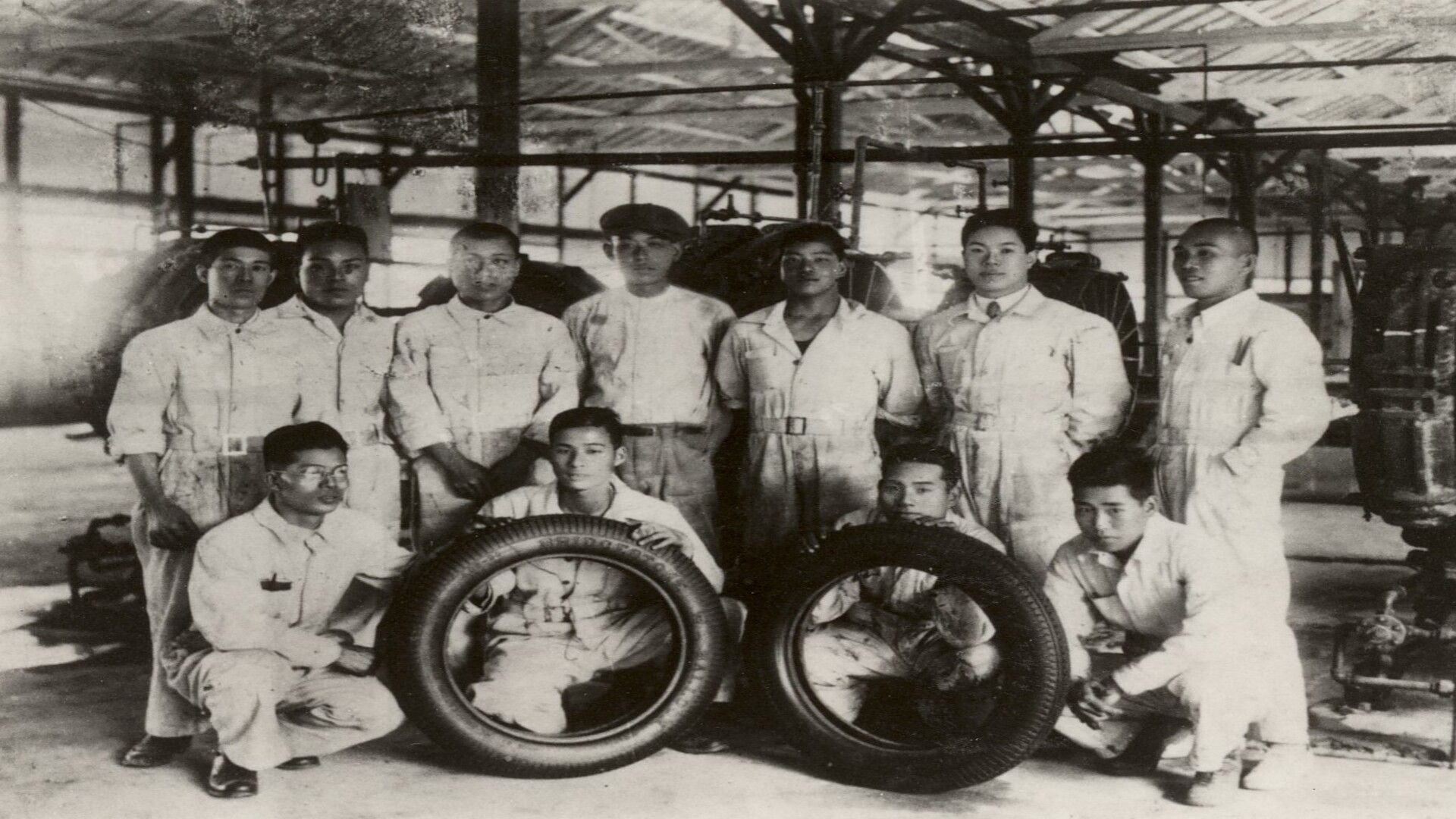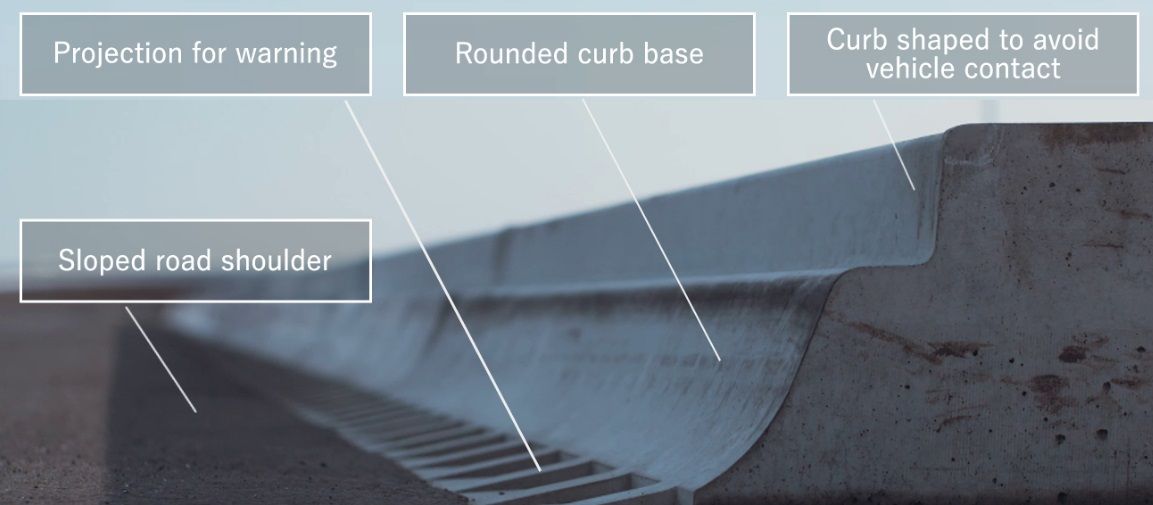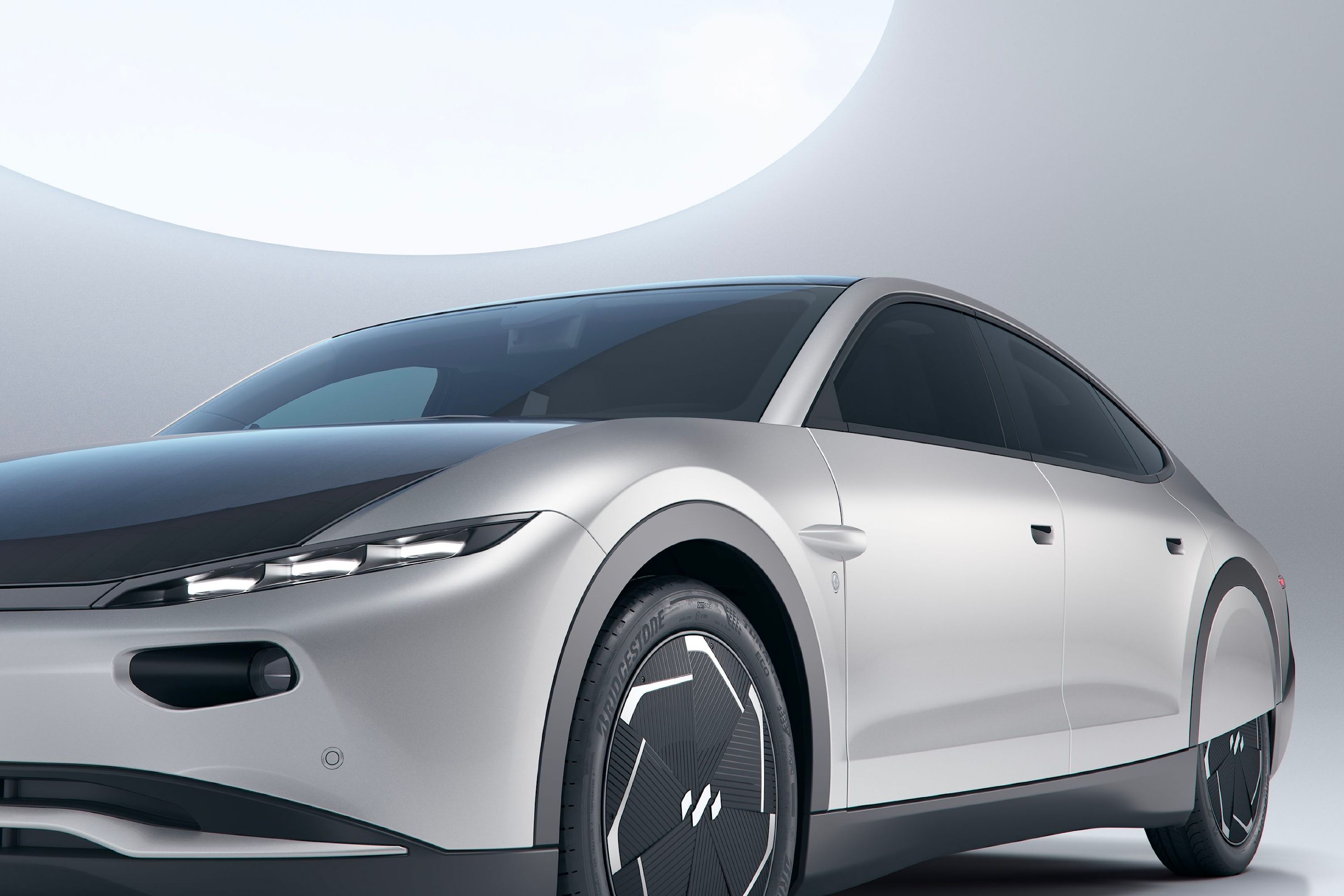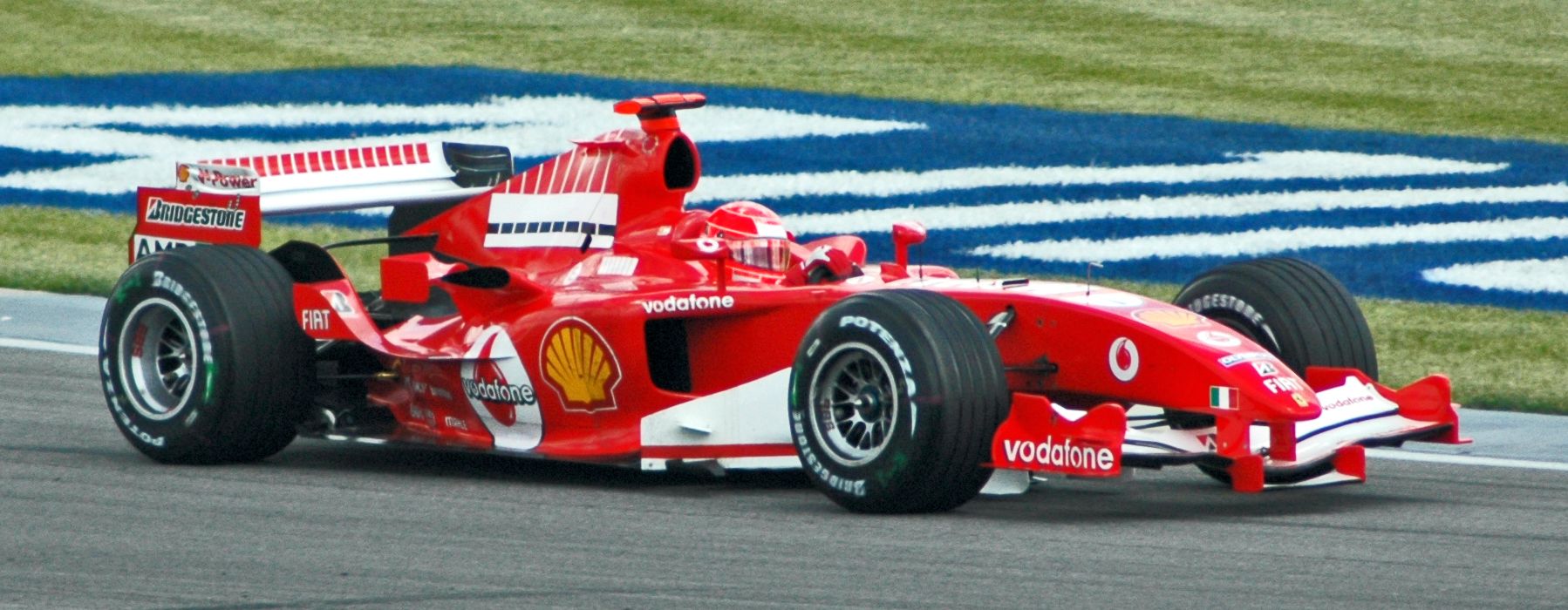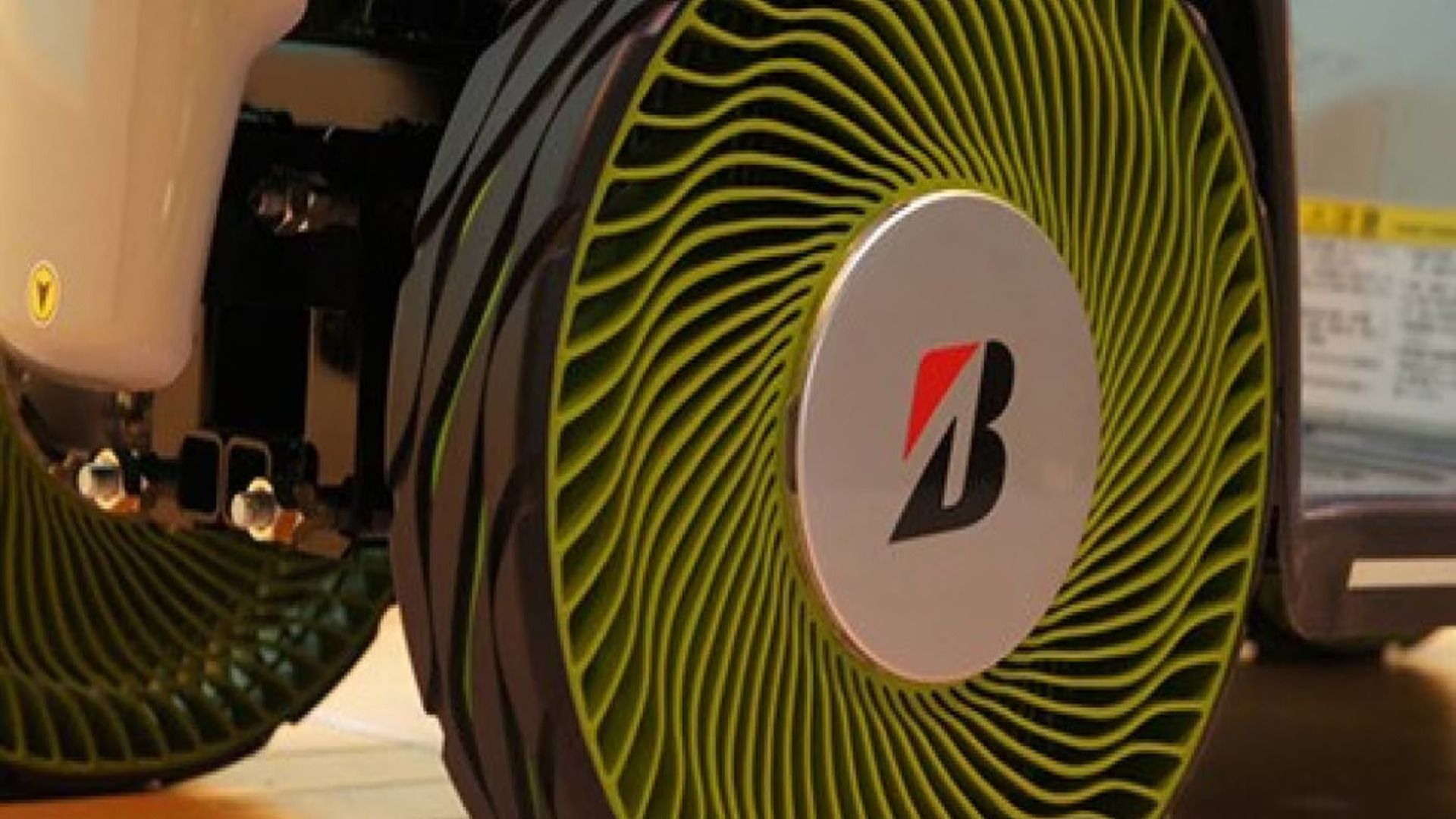Throughout its nearly century-long history, Bridgestone has become one of the most recognizable names in the automotive industry. It is one of the largest manufacturers globally, yet its unique origins and business practices are rarely discussed.
There’s much to discuss in these specific categories, with their founding mission statement being one of the most intriguing tidbits. Car enthusiasts would also likely be shocked to discover that Bridgestone also manufactures animal prosthetics in their spare time. Between these examples and many more, there are several little-known facts about Bridgestone which make the company’s history all the more interesting.
1
The Bridgestone Name Comes From Its Founder, Shojiro Ishibashi
The company was founded in 1931 by Shojiro Ishibashi in Kurume, Fukuoka, Japan. The company’s name comes from a calque translation and transposition of Ishibashi’s last name, which translates to “stone bridge.” They produced their first tire on April 9, 1930, with Ishibashi officially establishing the Bridgestone Tire Co., Ltd. roughly one year later on March 1, 1931.
2
Bridgestone Specifically Avoided Foreign Manufacturing Technology
While Bridgestone’s reach and quality are well known and highly regarded today, this wasn’t always the case during the early days. Technology, production, and sales were three critical areas in which problems continuously arose, but improvements made later on resulted in a rapid domestic and overseas expansion. However, these issues were theoretically avoidable if not for Ishibashi and co’s mission statement early on.
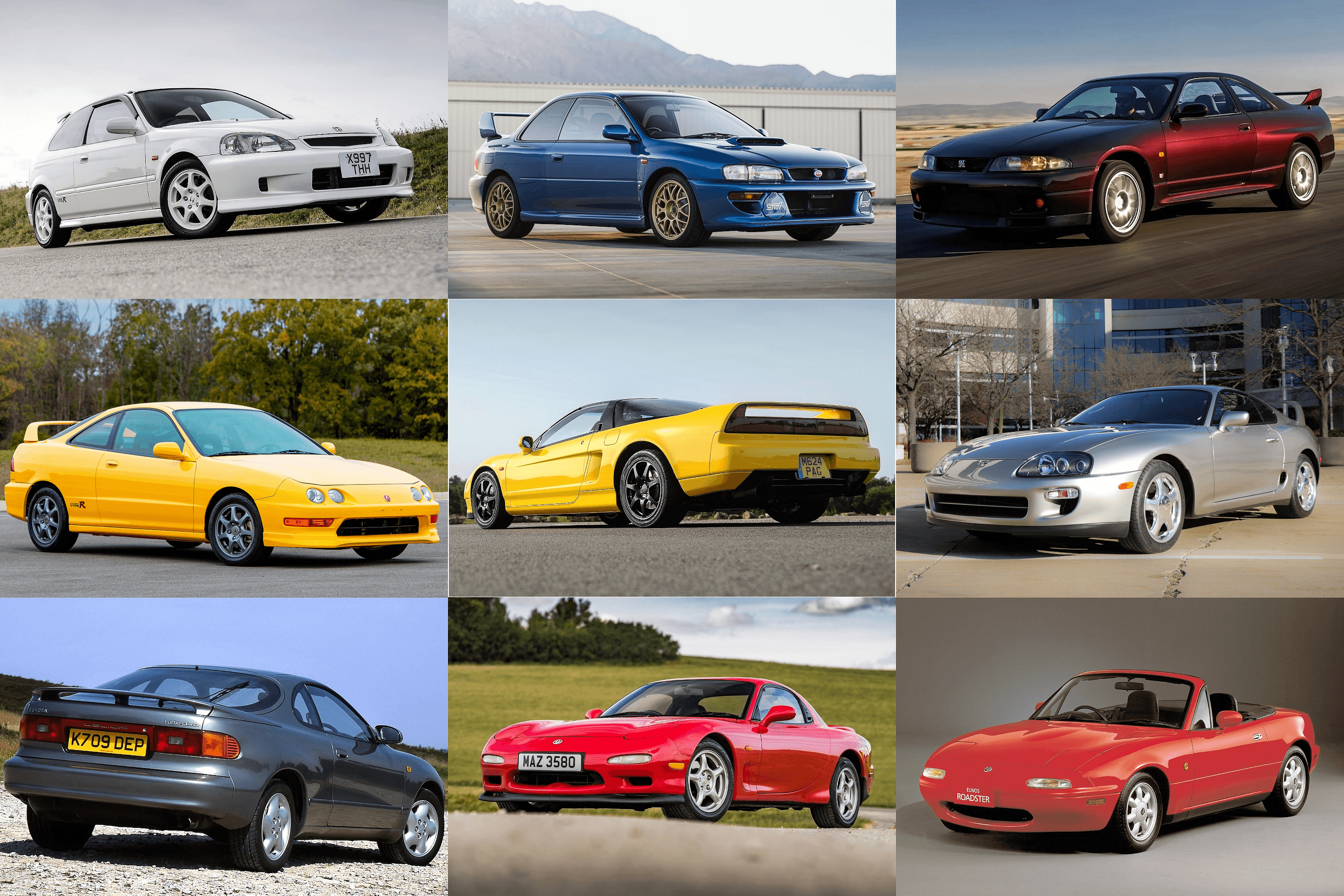
Related
90s Japanese Cars: Exploring The Golden Era Of JDM Excellence
The 1990s were a golden era for Japan and its performance car industry. But why was this the case, and why hasn’t it been repeated?
Ishibashi created his company with a specific goal: to forego dependence on European and North American technology for tire manufacturing and use only Japanese technology. This was due to the young, teenage Ishibashi’s ambitious patriotic dreams, with the official Bridgestone website saying his dream was to “dedicate his life to contributing to the nation of Japan.” He was obviously a big JDM fan and would have loved ’90s Japanese cars.
3
Bridgestone Was Japan’s First Tire Company
Speaking of a young Ishibashi, his company was the first domestic tire manufacturer ever established in Japan. Ishibashi changed this by using capital from his rubber shoe business and his creation of the “Jika-Tabi,” which were socks with rubber soles used as work shoes, to create and fund Bridgestone. The company nearly went bust 10 years after it was founded because of WWII. Like every other country involved in the war, the government claimed the production of items related to Japan’s war efforts. Bridgestone manufactured millions of tires without compensation, nearly dragging the company under. During the war, Bridgestone’s headquarters in Tokyo were also destroyed.
4
Bridgestone’s Technological Innovations Continue Today And Go Beyond Tires
While its origins and early mission statement necessitated technological advancements, Bridgestone still retains this innovative and inventive spirit today. One exciting area in which the company is involved is robotics, where they’re currently working to develop a Rubber Actuator made up of a rubber tube and a high-strength fiber sleeve surrounding it. The final product is soft to the touch but sturdy and capable of gripping objects of all shapes, sizes, and densities.
The company’s work also extends into the civilian sector, such as their “PlusStop” bus stop curb system, which was created with the goal of leading to barrier-less bus boarding. This innovation aims to alleviate issues curbs can create when boarding or exiting a bus for senior citizens, people using wheelchairs, or pushing strollers. 2019 saw the technology introduced throughout Japan in order to evaluate and improve usability through practical, real-world trials.
5
Bridgestone Owns Several Different Tire Brands
Over the years and as the company grew, Bridgestone also acquired several other notable competing brands to better cater to customers with specific needs in areas across the globe. The Bridgestone Group owns Firestone, Nokian, Lassa, Uniroyal, Dayton, Debica, Dunlop, Sava, Fuda, and Kelly. Most of these are brands founded in a different country, with Bridgestone coming in as an investor. Debica was founded and still operates in Poland, while Lassa operates in Turkey.
The different brands also compete in various segments. Dayton is Bridgestone’s budget brand, while Dunlop is a more high-end product fitted to cars like the Nissan Z.
6
Bridgestone’s Innovations Improved Golf Balls
Just four years after establishing themselves as Japan’s first domestic tire manufacturer, the Bridgestone brand and Ishibashi began manufacturing golf balls. Why golf balls? As it turns out, tire and golf ball production have a lot in common. Likewise, the innovations Ishibashi’s company made in tire production also allowed it to improve its balls.
Ishibashi’s passion for the sport is what first inspired him to begin producing golf balls under the Bridgestone name. Nearly a century later, the brand is still heavily respected in the game, with professional players such as Tiger Woods and Bryson DeChamebeau using Bridgestone equipment and balls regularly.
The Volkswagen Golf 20th Anniversary R set the AWD hot hatch Nürburgring lap record in 2022, which is another nice tie-in to the sport.
7
Bridgestone Is At the Forefront of Sustainability Practices
Bridgestone’s sustainability practices are best exemplified by three specific areas of business, the first being the Ecopia brand, which produces low-drag tires. All Ecopia tires are made with five percent of the tread compound being made up of post-consumer recycled tires. While a seemingly small percentage, the impact is bolstered by the sheer number of tires sold under the Ecopia brand.
The second of Bridgestone’s impressive sustainability practices is research into alternative, renewable sources of natural rubber. Their website specifically cites their research on the guayule shrub as having qualities almost identical to rubber, making it a valuable source for tire-grade rubber.
Bridgestone’s third and final impressive sustainability practice comes from their retreading efforts under the now-renamed Bandag brand. After acquiring the Iowa-based brand in 2006, the brand focuses on truck tire retreading, having over 900 franchised dealers worldwide at the time. With the trucking industry being a significant contributor to global tire usage, the company’s retreading efforts here have a noticeable impact as a result.
8
Bridgestone Makes Animal Prosthetics
A little-known foray from the company came in 2003 when they entered the world of animal prosthetics. At the Ikinawa Churaumi Aquarium, a dolphin named Fuji was found to have a necrotic caudal fin, necessitating the removal of 75% of it. This, unfortunately, made it impossible for Fuji to swim, prompting Bridgestone and the aquarium to team up and create a solution.
Together they developed the world’s first artificial dolphin caudal fin, with the final product eventually being a massive success, allowing Fuji to swim again. Bridgestone repeated the feat again in 2010, installing the prosthetic on a Pacific white-sided dolphin named Lanan, housed at the Notojima Aquarium.
9
Bridgestone Was Involved In One Of F1’s Biggest Scandals
The 2005 US Grand Prix was one of the worst sporting events ever. It was staged at the Indianapolis Motor Speedway, and the teams discovered that the Michelin tires could not withstand the forces at Turn 13. According to Michelin, the tires would only last for 10 laps, and it couldn’t guarantee the safety of the racers. Michelin asked the FIA to install a chicane, but the idea was shot down and rightfully so. Bridgestone sent engineers to the track well in advance and made tires that could withstand the g-forces.
Since safety couldn’t be guaranteed, every team running on Michelins had to pull out of the race.

Related
Americans Are Embracing Formula One Like Never Before
Last weekend’s race was the second most-viewed US Grand Prix ever.
As a result, only three teams could race. Ferrari, Jordan, and Minardi were the only teams to line up on the grid, and the race was won by the great Michael Schumacher (his only win of the season). Not that he had any competition, as Jordan and Minardi were midfield teams. In fact, the only points the two backmarker teams scored that season were from that one race where the highest you could finish was sixth. All you had to do was cross the finish line. Despite having to sit out the race, Fernando Alonso still won the driver’s championship that year.
The reputational damage done in the USA was massive, however. Americans only forgave F1 in the post-Drive To Survive era.
10
Bridgestone Is Developing Airless Passenger Tires
Further proving Bridgestone’s commitment to research and development practices is the work it’s currently doing with airless tires. According to the manufacturer, the technology can help reduce CO2 emissions in the manufacturing process via the simplification of the structure of the tire. The airless tires’ design helps minimize the energy loss which creates these excessive CO2 emissions in the production process.



